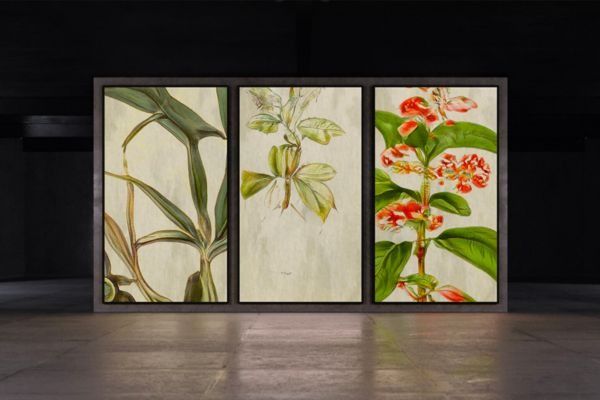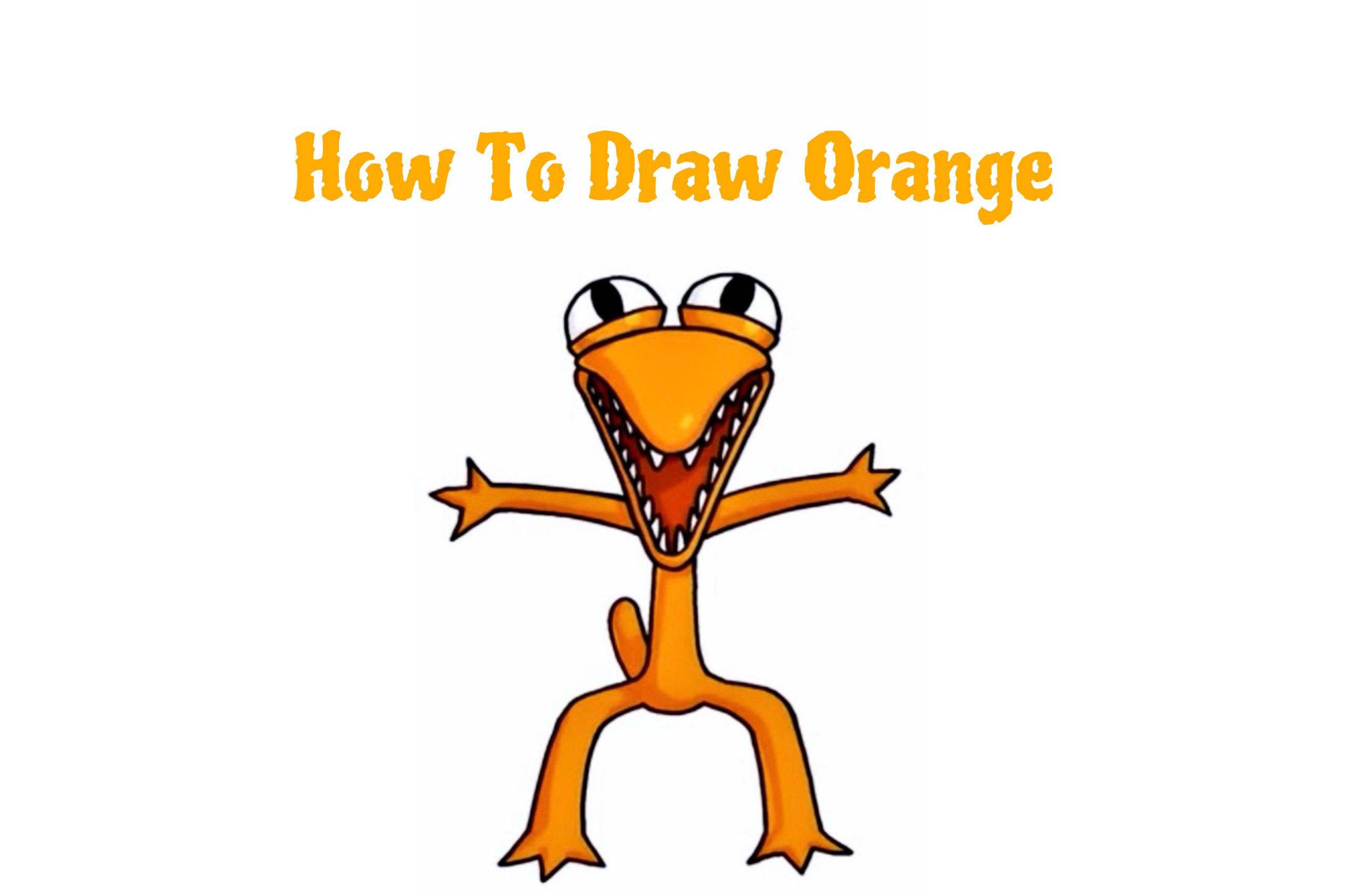Coloring Theory, Knowledge
Botanical Art From A To Z
A type of art representing plant species is botanical art or plant illustration. However, the artist must use their artistic and scientific observational skills to produce an accurate and detailed painting.
I – Formation and Development Process
Botanical art emerged centuries ago, with artists passionate about vividly illustrating plant species worldwide. Initially, the true purpose of this art form was to create accurate illustrations of plant species, aiding scientists in identification, classification, and accessible research.
The first botanical illustrations were found in the ancient cultures of Egypt, Greece, and Rome. Images of trees, flowers, and fruits were meticulously reproduced on stone walls. However, at this stage, depicting plant species was not solely for artistic reasons but also for some people’s beliefs and religious reasons.

During the Middle Ages, botanical illustration primarily developed in two fields: medicine and herbalism. Books containing drawings of medicinal plants and herbs helped physicians identify and use them accurately.
In the Middle Ages, the illustration of plant species was also significantly developed in medical and herbal books. Through these illustrations, doctors of this period could identify, classify, and confirm the medicinal value of each species, thereby using them for healing purposes.
The Renaissance period in Europe was a time of explosive development in art, poetry, and architecture. And botanical art was no exception. Collections and books of plant illustrations increasingly meet readers’ needs.

Prominent researchers and artists who can be mentioned during the Renaissance period in Europe include Leonhart Fuchs, Hieronymus Bock, and John Gerard.
In the 20th and 21st centuries, botanical art continued to develop and explode thanks to scientific progress, technology, and media achievements. In addition, environmental concerns and surrounding ecosystems have made significant contributions to the field of research and species conservation.

With the development of printing technology and watercolor during the period from the 18th to 19th centuries, artists Pierre-Joseph Redouté, Maria Sibylla Merian, and Ernst Haeckel created many excellent illustrations. The reproduction and dissemination of botanical illustrations due to the development of techniques also became more prevalent during this period.
Related topic: Mandala Coloring Benefits for Mental and Physical Health
II – Distinctive Differences
While other art forms emphasize creativity in each painting, botanical illustration prioritizes accuracy and detail. Therefore, to meticulously complete work, in addition to painting skills, the artist must have a firm grasp of knowledge and a particular understanding of the structures, shapes, colors, and properties of each plant species. Botanical painting requires the artwork to be scientifically accurate first. For instance, when drawing a leaf, the overall shape of the leaf, the number of veins, the leaf’s surface, and the vein system… must be as accurate as the actual leaf sample and match the scientific description of the species. After achieving scientific accuracy, the artist adds the “art” aspect (artistic, creative) through various perspectives, drawing materials, paper size, drawing size… Botanical painting strictly prohibits the appearance of man-made objects such as cups, saucers, flower vases…
Moreover, since ancient times, botanical illustration has been associated with medical, scientific, and educational purposes, which continues to the present day. Botanical illustrations are often used in teaching, research, and conservation. However, this art form always brings satisfaction to viewers due to its authenticity.

Botanical illustrations often harmoniously combine color, structure, and emotion, thereby creating an appealing visual experience for viewers. These works, when chosen for exhibition, typically attract the attention of many people and connoisseurs.
Hidden deep within each work, viewers often perceive the classic beauty of the painting due to the long history of this art form. People who come to exhibitions of this art form are not simply for its beauty; deep inside, there is a message about nature conservation and biodiversity. The botanical illustration shows a particular interest in the beauty of each species; although different, they always have their own charm and beauty, similar to this art form.
III – Significant Contributions to Science
After each exhibition of works depicted by botanical illustration, viewers discover something new about plant species. This art form’s development has significantly contributed to the development and conservation of plant species. Specifically, researchers can classify and identify plant species based on the works, especially in botanical guides and reference books.
In addition, the paintings are reproduced in detail and accurately allow scientists to determine the structure, shape, and properties of newly emerging species. In conjunction with teaching activities, this knowledge is increasingly known to many people due to its vivid and lively reproduction.

One of the significant contributions of this art form is its role in the conservation of biodiversity and ecosystems.
With the development of industries at the present time, some plant species may fall into a state of scarcity at an alarming level. Thanks to the vivid transmission, botanical illustration contributes to spreading the message, enhancing awareness of the diversity and value of plants in nature while promoting environmental conservation work and efforts to protect rare plant species.
Thanks to the perfect combination of art and science, botanical illustration brings satisfaction and significantly impacts the development of science.
IV – Practical Examples
1. Some Famous Works
Numerous renowned plant books—Vienna Dioscurides, Flora Graeca, The Banksias, and The Cactaceae—have botanical illustrations. Today, the main focus of the 230-year-old Curtis’s Botanical Magazine (1787), which has been linked to Kew Gardens and the Linnaean Society, is superior botanical illustrations. Some works that can be mentioned include:

The work of artist Celia Rosser, “The Banksia and Waratah”: This masterpiece captures this plant species’ precise structure and form.

Masumi Yamanaka’s book “Flora Japonica”: Masumi Yamanaka is a Japanese artist who studies botanical illustration. “Flora Japonica” is a collection of detailed and authentic plant paintings focusing on characteristic plant species of Japan.

“The Tulip” by artist Fiona Strickland: Fiona Strickland is a renowned artist with a talent for painting flowers. Her painting “The Tulip” depicts a tulip flower perfectly balancing color and detail.
2. Collection of Vibrant and Colorful Botanical Coloring Pages
Botanical coloring pages are chosen by many parents to help their children get acquainted with painting. The botanical coloring pages carry the naive, adorable traits of flower illustrations and leaf textures, allowing children to freely create and maximize their imagination.
The theme coloring pages for children are vibrant and diverse; this is the perfect choice for children to comfortably choose what they like and express their abilities. Among them, botanical coloring pages are preferred by many parents and teenagers to practice botanical art painting.
V – FAQ
1. Art materials, tools & equipment for botanical artists?
One of the favorite discussion topics when botanical artists meet is the art materials they use.
Painting: Watercolour + Gouache Paints, Paintbrushes, Palettes, Masking Fluid,…
Study Equipment: Lighting, Microscopes, Magnifiers, Microscopes, Table Easels.
Drawing: graphite/carbon pencils, colored pencils, pen and ink, Silverpoint, pencil sharpeners, erasers, sketchbooks,…
Field Equipment: Portable Magnifiers, Portable Stools,…
2. How to color botanical art?
It’s useful for anyone who can hold a botanical journal and wants to remove the different growth stages of a tree in the garden or record different types of trees encountered when walking.
You will need watercolor paper, colored pencils, drawing pencils, and a sketchbook to start. Buy the best drawing supplies because better products make drawing easier.
Find resources or videos created by people in this field, like John Muir Laws. They will provide basic techniques to help you accurately draw flower illustrations or leaf textures for field sketching or careful botanical illustration.
3. Notable botanical illustrators?
James Andrews, George French Angas, Claude Aubriet, Alois Auer, Françoise Basseporte, Ferdinand Bauer, Franz Bauer, Mary Foley Benson, Elizabeth Blackwell, Harry Bolus, Priscilla Susan Bury, Olivia Marie Braida-Chiusano, Mark Catesby, Lise Cloquet, Gillian Condy, and Léon Camille Marius Croizat, Dioscorides, Catharina Helena Dörrien, Atanasio Echeverria y Godoy, Sydenham Edwards, Georg Dionysius Ehret, James Henry Emerton, Barbara Everard, Walter Hood Fitch, Barbara Jeppe, Martha King, Jacques le Moyne, Dorothy van Dyke Leake, Cythna Letty, Carl Axel Magnus Lindman, Margaret Mee, Maria Sibylla Merian,…
Now you can understand more about Botanical Art. Share this with your friends and relatives to understand botanical art, find botanical coloring pages to satisfy your imagination, and develop your passion for plants!
A type of art representing plant species is botanical art or plant illustration. However, the artist must use their artistic… View More









